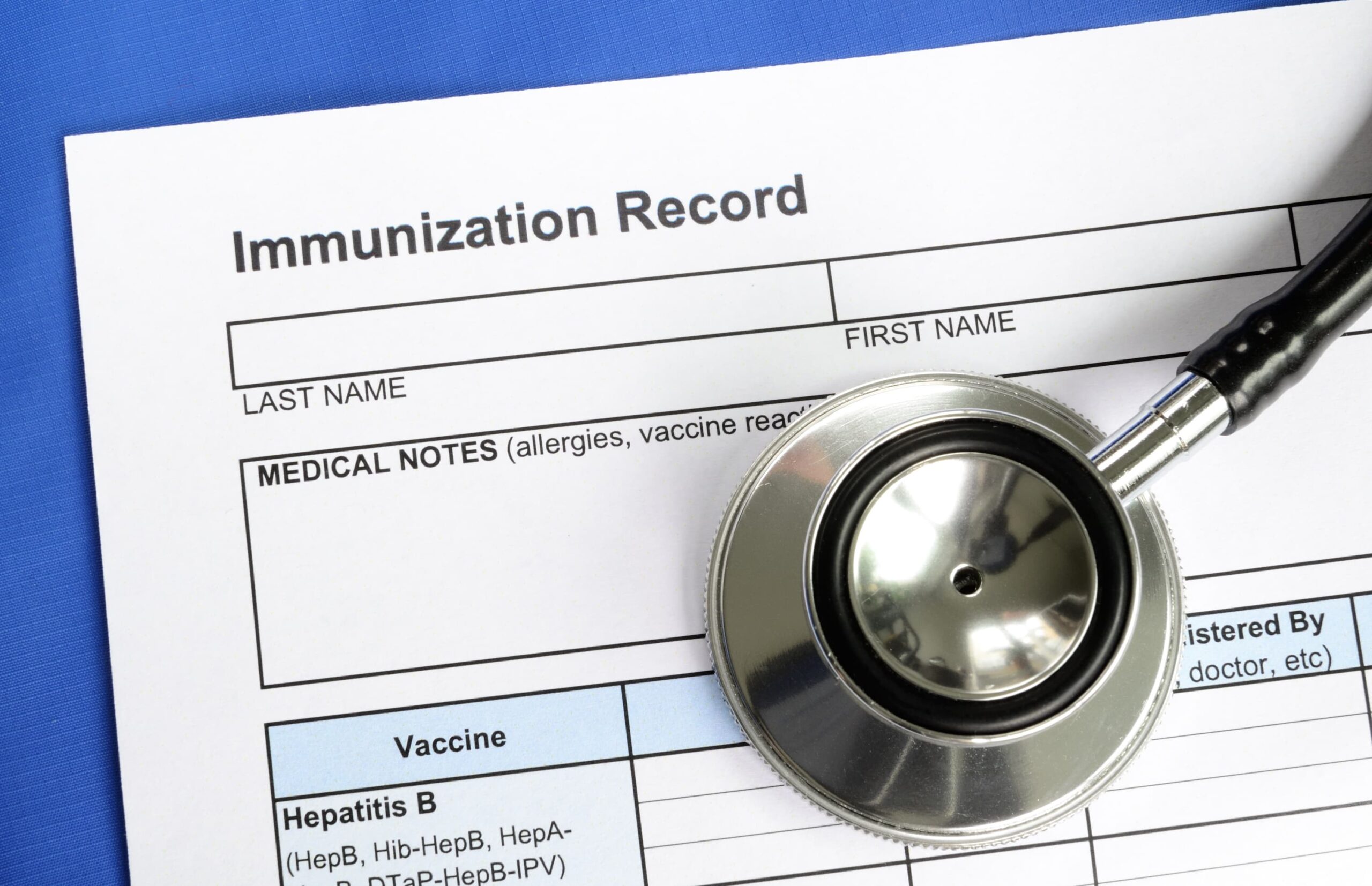Pediatric high cholesterol (hypercholesterolemia) is on the rise and a main concern is our children’s nutrition. The foods that we feed our children, which used to come from nature, are largely laden with sugar, highly processed gluten, pasteurized dairy, food dyes, food additives, and GMOs.
What is Pediatric High Cholesterol?
Cholesterol Levels in Children and Adolescents 2-19 Years Old (American Heart Association)
Total cholesterol (mg/dL)
Acceptable — less than 170
Borderline — 170-199
High — 200 or greater
LDL cholesterol (mg/dL)
Acceptable — less than 110
Borderline — 110-129
High — 130 or greater
Evidence shows that:
- Atherosclerosis or its precursors begin in young people.
- Elevated cholesterol levels early in life may play a role in the development of adult atherosclerosis.
- Eating patterns and genetics affect blood cholesterol levels and coronary heart disease risk.
- Lowering levels in children and adolescents may be beneficial.
- Cigarette smoking should be discouraged.
- Regular aerobic exercise should be encouraged.
- High blood pressure should be identified and treated.
- Overweight should be avoided or reduced.
- Diabetes mellitus should be diagnosed and treated.
Conventional Medical Treatment
(from the American Academy of Pediatrics)
To promote lower cholesterol levels in all healthy children (2 to 18 years of age) in the United States, the following pattern of nutrient intake is recommended:
- Saturated fatty acids <10% of total calories.
- Total fat over several days of no more than 30% of total calories and no less than 20% of total calories.
- Dietary cholesterol <300 mg per day.
Commonly Prescribed Medications
- lovastatin (Mevacor) – 10-40 mg by mouth per day
- simvastatin (Zocor) – 10-40 mg by mouth per day
- pravastatin (Pravachol) – 8-13 yr old- 20 mg per day, 14-18 yr old- 40 mg per day
- atorvastatin (Lipitor) – 10-80 mg per day (depending if one parent or both parents have hypercholesterolemia)
Naturopathic Medical Treatment Options
Naturopathic Doctors tend not to agree with conventional wisdom when it comes to high cholesterol in the adult population. But when small children show signs of high cholesterol, along with elevated lipids, obesity, and the standard American diet, it is important to take action so not to be concerned with diabetes, metabolic syndrome, and pediatric hypertension in the near future.
(the following may be used in conjunction with conventional options and/or used alone)
Diet
- Fruits and vegetables (dirty dozen/clean 15), whole grains, lean proteins, healthy fats
- Remove excess salt, sugar and unhealthy fats from the diet
- Reduce saturated and trans fats in the diet
- Reduce fat content to 25-40% of diet, depending on age: 1 yr of age: 30-40%, 2 to 3 years of age: 30-35%, 4-8 years of age: 25-35%
Exercise
- PLAY, PLAY, PLAY
- Engage in sport activities
- Exercise should be FUN, please get creative for your child
- 30-60 minutes per day
Vitamins and Supplements
- Fish Oil- EPA + DHA = 1-2 grams per day with food
- Vitamin B3 (niacin)- 5-20 mg daily
- Pycnogenol- 50-100 mg daily
Other Options
- Sleep- 9-12 hours sleep per night (age dependent)
- Green Tea (decaffeinated)- 4-6 cups daily
- Psyllium- 6 grams daily
- Plant sterols 2-2.5 mg daily
For wonderful information regarding the dosing of supplements for your child, please refer to the appendix of:
Resources:
de Jongh S, Lilien MR, op’t Roodt J, Stroes ES, Bakker HD, Kastelein JJ. Early statin therapy restores endothelial function in children with familial hypercholesterolemia. J Am Coll Cardiol. 2002;40(12):2117–2121.
Rodenburg J, Vissers MN, Wiegman A, et al. Statin treatment in children with familial hypercholesterolemia: the younger, the better. Circulation. 2007;116(6):664–668.
Skowron, Jared M. (2011-08-02). 100 Natural Remedies for Your Child: The Complete Guide to Safe, Effective Treatments for Childhood’s Most Common Ailments, from Allergies to Weight Loss. Rodale. Kindle Edition.
American Heart Association. Cholesterol and atherosclerosis in children. n.d. www. americanheart.org/presenter.jhtml?identifier=4499.
Linke A, Sonnabend M, Fasshauer M, et al. Effects of extended-release niacin on lipid profile and adipocyte biology in patients with impaired glucose tolerance. Atherosclerosis 2009; 205(1):207–213.
de Jongh S, Vissers MN, Rol P, et al. Plant sterols lower LDL cholesterol without improving endothelial function in prepubertal children with familial hypercholesterolaemia. Journal of Inherited Metabolic Disease 2003; 26(4):343–351.
Dennison BA, Levine DM. Randomized, double-blind, placebo-controlled, two-period crossover clinical trial of psyllium fiber in children with hypercholesterolemia. Journal of Pediatrics 1993; 123(1):24–29.
Kwiterovich PO. The role of fiber in the treatment of hypercholesterolemia in children and adolescents. Pediatrics 1995; 96(5):1005–1009.
Zibadi S, Rohdewald PJ, Park D, Watson RR. Reduction of cardiovascular risk factors in subjects with type 2 diabetes by Pycnogenol supplementation. Nutrition Research 2008; 28(5):315–320.
http://www.aafp.org/afp/2010/0901/p460.html (American Family Physician)
Reviewed/Updated: 09/14
Content Created: 05/14







